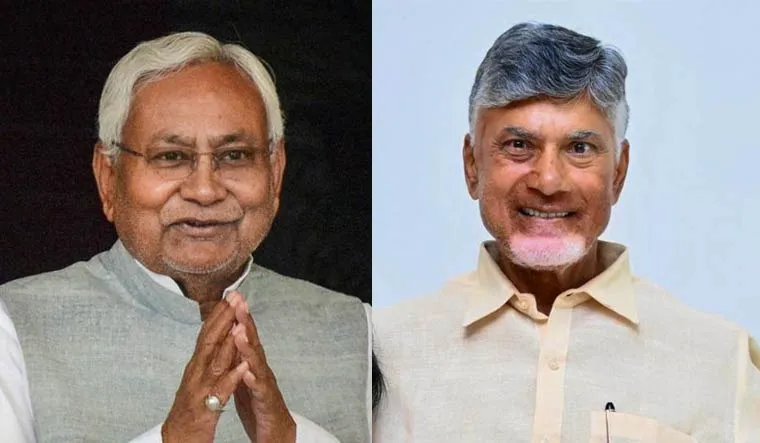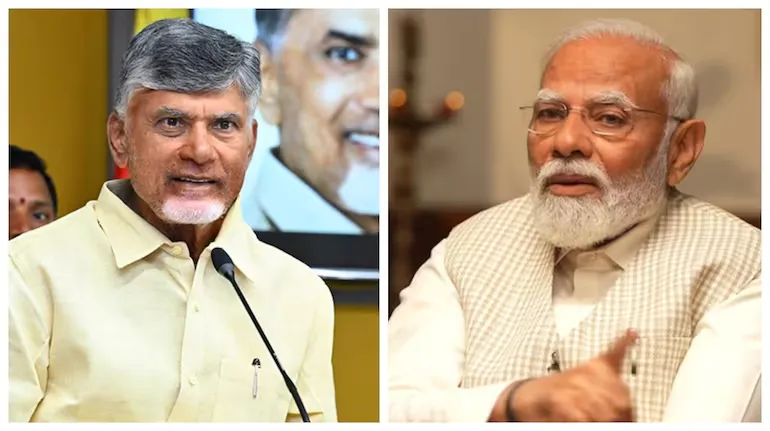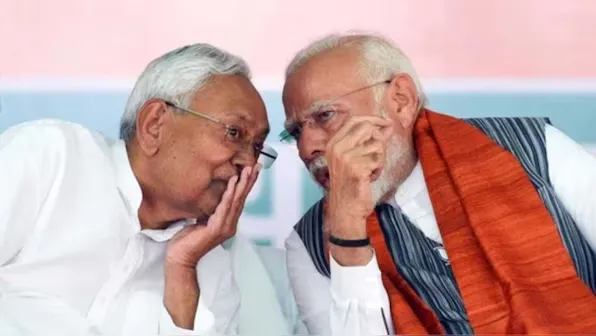As history seemingly repeats itself in Delhi, Nara Chandrababu Naidu is once again poised to play the role of kingmaker in the formation of the government. Twenty-five years ago, Naidu’s Telugu Desam Party (TDP) allied with the BJP in the 1999 general elections, securing 29 out of 42 seats in the then undivided Andhra Pradesh.

Rewind to mid-April 1997: Congress had just withdrawn its support from the United Front (UF) government led by Prime Minister H. D. Deve Gowda. Naidu orchestrated a pivotal meeting in the Chief Minister’s Suite at Andhra Bhawan on Ashoka Road, inviting CPI(M)’s Harkishan Singh Surjeet and Congress’ G. K. Moopanar. It was late, and Naidu discreetly asked TDP MP K. Yerran Naidu to offer his room to diplomat-turned-politician I. K. Gujral. As Gujral slept, Naidu proposed his name as a compromise candidate, gaining consensus among coalition partners, including Lalu Yadav. Gujral was roused from his sleep to join the meeting and subsequently declared the 12th Prime Minister of India.
Fast forward 27 years: as the 2024 election results rolled in on Tuesday, it became evident that Naidu, now 74, is back in his kingmaker avatar. The TDP has emerged as the second-largest party in the NDA with 16 Lok Sabha seats and has dominated the Andhra Pradesh assembly, securing 134 of 175 seats. This political clout positions Naidu as indispensable to the BJP at the Centre, though he retains independence within his state.

As the final leads turn into results, with the BJP falling short of a decisive majority, the focus shifts to Naidu and Nitish Kumar, who are pivotal to the new government set to be sworn in. Both seasoned negotiators, Naidu and Kumar are essential players in the current political landscape. Naidu’s TDP carries forward the legacy of party founder N. T. Rama Rao, and with his son Nara Lokesh poised as his heir, Naidu faces no significant challengers within the party.

Nitish Kumar’s Janata Dal (United) has reaffirmed its alliance with the NDA. Despite his history of switching alliances, exit polls predicted a strong NDA performance in Bihar, winning over 30 out of 40 seats. In 2019, the NDA similarly swept Bihar with 39 seats. Kumar’s recent return to the NDA fold, despite his role in forming the opposition INDIA bloc, reflects his strategic maneuvering. Current trends show JD(U) leading in 14 of 16 contested seats, while the BJP leads in 11 out of 17, and the Lok Janshakti Party (Ram Vilas) leads in all five of its seats.
As the new government takes shape, the roles of Naidu and Kumar will be crucial in determining the political direction of India.
